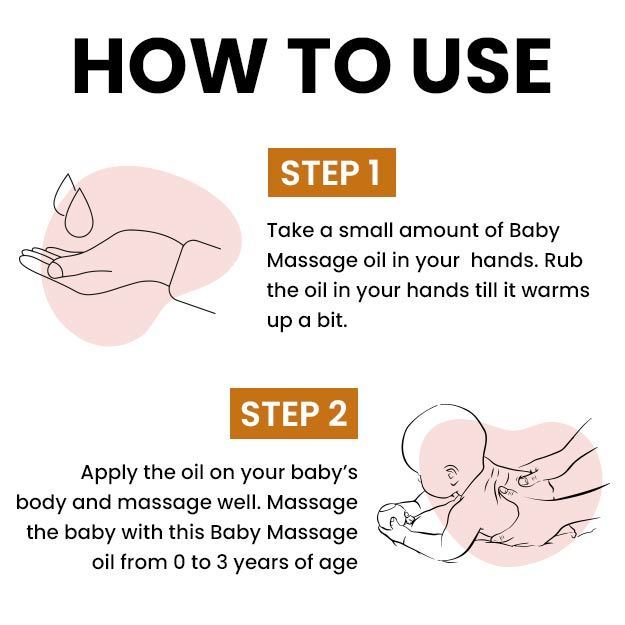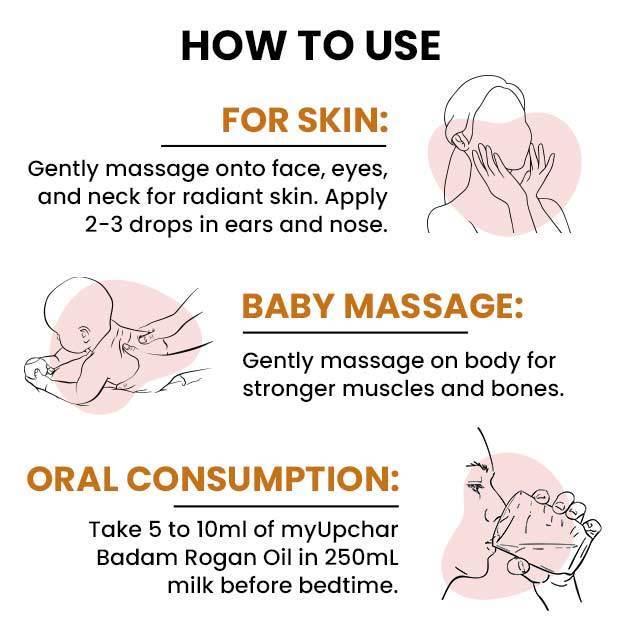Children suffer from many types of health problems and seizures in children are considered to be a common problem among them. The symptoms of seizures in infants can be different from those of other older children. Seizures occur or seizures start due to the brain not functioning properly. Apart from this, seizures can also occur in children due to many other reasons. When a seizure occurs, the condition of the body changes and the patient is unable to understand the current situation properly. Seizures in children can scare parents.
This article has been explained in detail about seizures in children. Also, in this article, you have been told in detail about the symptoms of seizures in children, causes of seizures in children, prevention of seizures in children and treatment of seizures in children.
(Read more - Fever seizures in children)
- Reasons For Seizures In Children
- Prevention Of Seizures In Children
- Treatment Of Seizures In Children
- Home Remedies For Seizures In Children
- Symptoms Of Seizures In Children
- Summary
Reasons For Seizures In Children
The reasons for seizures in most children are not known. Most cases of seizures in children occur when a family member has had a seizure problem in the past. Other causes include infections such as meningitis, developmental problems such as cerebral palsy, head injury, etc. About one-fourth of children who have seizures were examined and found to have some other disorder as the cause of their problem. These other disorders include dizziness, shortness of breath, night terrors, headaches and psychological problems. Febrile seizures are the most common problem in children, it occurs when the infection is related to high fever.
(Read more - Epilepsy in Children)
Other Causes Of Seizures In Children
Metabolic disorders:
Most metabolic disorders put pressure on the immune system of children, due to which there is an imbalance in the chemicals produced in the body. This imbalance causes seizures in some rare cases.
Medications:
If the child does not respond to a medicine or has a severe reaction to it, it can also increase the risk of seizures in some very rare cases.
Lack of oxygen:
Lack of oxygen to the brain due to some reason is a common cause of seizures in children.
Internal bleeding:
Internal bleeding, especially bleeding in the brain, can cause seizures in children.
(Read more - Convulsions)
Prevention Of Seizures In Children
Unfortunately, most types of seizures cannot be prevented. Some cases, such as head injury and infection during pregnancy, are difficult to prevent. Below are some remedies that can help control the problem of seizures to some extent.
In case of febrile seizures in children, the emphasis should be on curing the fever quickly.
Take care that the child does not get hurt during the seizure.
Like other children, your child can also participate in all activities. Parents only need to be a little cautious for this. During swimming or any game in which the child is likely to get hurt, parents should remain around the child.
There is a high possibility of the child falling while bathing, parents should take special care at this time also. Using a fountain instead of a bath tub for bathing the child is considered a better option, because there is a risk of the child drowning in the bath tub.
(Read more - Absence Seizures)
Treatment Of Seizures In Children
Treatment of seizures in children is different from the treatment of seizures in adults. Until the exact cause of the child's seizure problem is not known, medicines are not given to him. Most children have the problem of seizures only once in their life. This is the reason why children are not given medicines at the beginning of seizures. Apart from this, many medicines given for seizures are such that they have a high possibility of causing damage to the liver and teeth.
Before giving seizure medicine to the child, the doctor does many types of blood tests. After these tests, the doctor decides the appropriate dose of the medicine to be given to the child.
If your child has epilepticus (a type of epilepsy), he is admitted to the ICU and medicines to reduce seizures are given.
(Read more - Roseola infection in babies)
Home Remedies For Seizures In Children
In home remedies for seizures in children, first of all you and the children should avoid getting hurt. You should adopt the following measures when the child has a seizure.
Help the child to lie down during the seizure.
Remove things that can harm the child. During this, remove the child's glasses from his eyes, because this can also hurt him.
Loosen the child's clothes. Especially loosen the clothes near the child's neck, so that your child can breathe properly.
Pay attention to whether the child is breathing or not. If he is not breathing, then seek help from other people.
Do not put anything in the child's mouth during a seizure, by doing this you can hurt the child and yourself.
After a seizure, make the child lie on his side until he is back to normal. Also, pay attention to whether the child is breathing or not. If the child does not breathe even after one minute of the seizure, then try to give him mouth to mouth breathing (CPR). Do not adopt this technique if the child's body is convulsing during the seizure, because it can hurt the child.
A child who has recently had a seizure should not be given food, water or oral medicine.
(Read more - Newborn Stretching)
Symptoms Of Seizures In Children
There are many types of symptoms of seizures in children. The changes in the body of children and their level of alertness during the seizure help doctors understand the type of seizure in children correctly. The types of seizures in children and their symptoms are explained in detail below.
Febrile seizures:
In this, the child has to go through rhythmic jerks and muscle cramps. Along with this, the child sometimes has difficulty in breathing and moving the eyes. After the seizure, the child often becomes lethargic and confused. Apart from this, the child does not even remember his trouble after the seizure. Such a group of symptoms is also found in epilepsy.
(Read more - Anemia in newborns, babies and children)
Infantile spasms:
This is a rare type of seizure, which occurs in the baby in the first year (between 4 to 8 months). In this, the child bends his back like a bow and his hands and legs become stiff. This type of spasm occurs especially when the child goes to sleep, wakes up or after eating. Infants can have hundreds of such seizures in a day.
Focal seizures:
In this, the child experiences symptoms like sweating, vomiting, pale body, cramps and stiffness in muscle groups (such as fingers, hands and feet). Along with this, making strange faces by the child, licking lips, screaming, crying and fainting are also some of its symptoms.
Absence seizures:
In this, consciousness is lost for a short time and it seems as if the child is staring into space or thinking about something. This can happen several times a day for 30 seconds.
Atonic seizures:
In this, your child suddenly loses control over the muscles. This makes the child's organs inactive. In such a situation, the child's head suddenly bends downwards or while walking or crawling on the knees, the child suddenly falls on the ground.
Tonic seizures:
In this, some parts of the child's body (hands and legs) or the whole body suddenly become stiff.
(Read more - When Do Baby Movements Begin)
Myoclonic seizures:
Children's muscle groups, especially the neck, shoulder and upper arm, start to tremble. These seizures can happen to the child several times a day.
(Read more - Calcium Deficiency in Children)
Summary
Seizures are caused by abnormal brain activity in children, which occurs suddenly and uncontrollably. Due to this, the child may get tremors, faint, or he may do abnormal actions. Seizures can happen due to many reasons, such as brain injury, fever, genetic reasons, or other health problems. The most common type of seizure in children is a "febrile seizure", which is caused by high fever. The timing and symptoms of the seizure may vary, so it is important to consult a doctor. With the right diagnosis and treatment, it can be controlled, and the child's health can be improved.
























